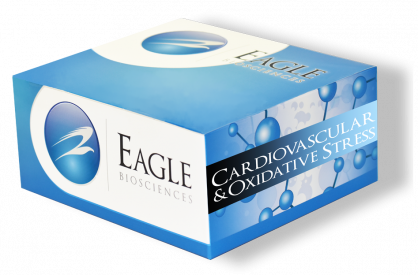Human IL-22 ELISA Assay
The Human IL-22 ELISA Assay is For Research Use Only
Size: 1×96 wells
Sensitivity: 15 pg/mL
Dynamic Range: 31.25 – 1000 pg/ml
Incubation Time: 3.5 hours
Sample Type: Serum, Plasma, Cell Culture
Sample Size: 100 µl
Alternative Names: Interleukin 22, IL-10-related T cell-derived inducible factor, IL-TIF, IL10 TIF
Assay Background
Interleukin 22 (IL-22), also known as IL-10-related T cell-derived inducible factor (IL-TIF), is a member of the IL-10 cytokine family. Other members of this family include IL-10, IL-19, IL-20, IL-24, and IL-26 (1). IL-22 was initially identified as a gene induced by IL-9 in mouse T cells and mast cells. Human IL-22 cDNA encodes a 179 amino acid (aa) protein with a putative
33 aa signal peptide, sharing approximately 79% and 22% aa sequence identity with mouse IL-22 and human IL-10, respectively. Although the related IL-10 is thought to act as a dimer, the crystal structure of IL-22 suggests it may interact with its receptor as a monomer. The functional IL-22 receptor is of the class 2 subtype and consists of two receptor subunits,IL-22 R (previously an orphan receptor named CRF2-9) and IL-10 R (previously known as CRF2-4). The IL-10 R chain is shared by IL-10, IL-26, IL-28A, IL-28B, and IL-29.
IL-22 R is expressed primarily in the pancreas, and to a lesser extent, tissues of the gastrointestinal tract, kidney, and skin. A soluble receptor, IL-22 binding protein (IL-22BP), has also been described and may act as an endogenous inhibitor of IL-22 activity. IL-22 has been shown to activate Jak/STAT and MAPK signaling pathways and upregulate the production of acute phase proteins.
IL-22 is produced primarily by activated Th1-type T cells and NK cells (19). Mouse IL-22 expression is induced in various organs upon lipopolysaccharide injection, suggesting that it may be involved in inflammatory responses (3). In humans, this is supported by the observation that IL-22 is produced by synovial fibroblasts and macrophages of rheumatoid arthritis (RA) patients and is capable of inducing pro-inflammatory responses in RA synovial tissues. In addition, it stimulates the production of pro-inflammatory cytokines and anti-microbial defensins in human keratinocytes. These activities result in epidermal hyperplasia in models of human skin.


